‘Black Panther’ Is Rich in Supernatural Resources
Quietly, but emphatically, “Black Panther” portrays Africa as the cradle of human endeavor, from architecture and design to fashion and toolmaking.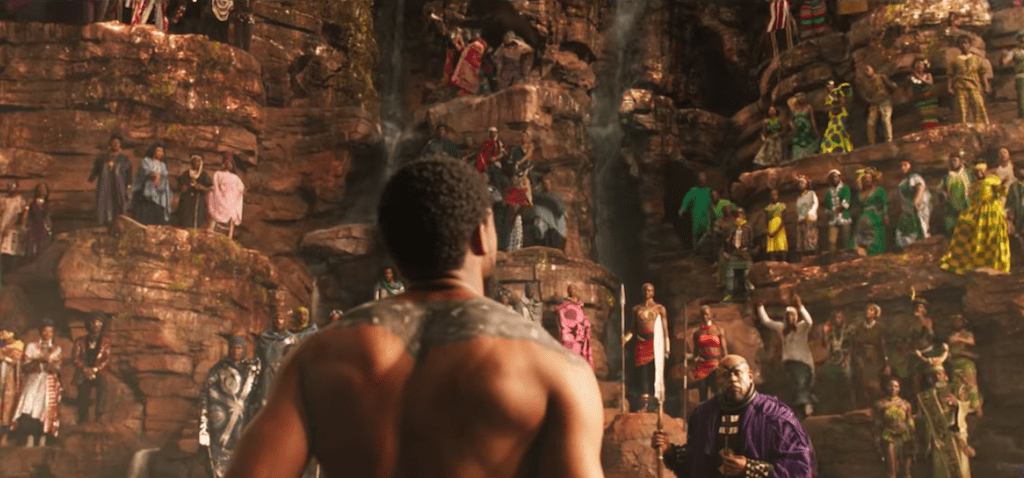 A scene from the "Black Panther" teaser trailer. (Screen shot via YouTube)
A scene from the "Black Panther" teaser trailer. (Screen shot via YouTube)
Behold Wakanda, an African nation isolated by geography from the slave trade and colonization. Geologically blessed as the result of an ancient meteor crash (which resulted in “vibranium,” an ore more durable than any other metal), Wakanda makes the most of its supernatural resources, which includes its citizens. Happily, China has not yet found a way to strip-mine vibranium, because generations of Wakandans have controlled and husbanded this precious store that is both the foundation of their untold wealth and of advanced technological inventions.
Wakanda, as peaceable kingdom and glorious embodiment of an Africa that honors its elders while it plans for future generations, is the soul of “Black Panther,” Ryan Coogler’s stirring, exhilarating parable inspired by the 1966 Marvel comic book franchise. (In an instance of 1960s harmonic convergence, the comics were published shortly before Huey Newton and Bobby Seale founded the Black Panther Party.)
The story, written by Coogler, director of “Fruitvale Station” and “Creed,” and Joe Robert Cole, is classical, steeped in allusions to “Hamlet” and “The Lion King” (which did Shakespeare one better by restoring the legitimate political order by the end of the film). When T’Chaka (John Kani), king of Wakanda, is assassinated, his son, T’Challah (Chadwick Boseman), returns to Wakanda for his nation’s ancient ritual: wrestling challengers from other tribes for the right to succeed his father. To do so, he dons a vibranium-flecked unitard and the tribal mask of his avatar, the sinuous black panther.
He spends the film defending throne and nation from venal plunderers like South African arms dealer Ulysses Klaue (Andy Serkis) and American black-ops soldier Erik Killmonger (Michael B. Jordan). The former believes Wakanda is a nation of “savages”; the latter knows it is not.
The movie’s familiar plot is the delivery system for Coogler’s vision of a unified nation where different tribal traditions, languages and architectural styles are respected and stand side by side. Consider the skyline of Wakanda, where pyramids, sukhala (traditional, colorful windowless houses), and mud-dappled skyscrapers kiss the clouds next to structures resembling the Capitol Records and Transamerica buildings. Maglev rail transports (soundless because of their sonic stabilizers) carry citizens through the urban center while rhinos and horses transport them to rural villages. Americans debating city planning and infrastructure might well study Hannah Beachler’s stunning production design, more evocative than anything on screen since the planet Pandora in “Avatar.” Cinematographer Rachel Morrison (current Oscar contender for her work in “Mudbound”) makes every location, real or confected by CGI, seem pearlescent.
And then there’s the imaginative costumes of Ruth Carter, celebrating African textiles, colors and tribal styles from the cerulean headscarves and robes of the Tuaregs, the tangerine reds of Maasai mantles (worn by the warrior women in T’Challah’s army) and the purple-and-yellow weaves of Kente cloth. I cannot begin to describe the regal white frock and headdress worn by Angela Bassett (as T’Challa’s mother, Ramonda) that suggests a Zulu forerunner of Queen Elizabeth’s white ruff and pearl coronet. Quietly, but emphatically, Coogler’s underlying assumption is that Africa is the cradle of human endeavor: architecture, design, fashion and toolmaking, from spears to GPS systems.
One of the film’s most endearing touches is that Shuri (Letitia Wright), T’Challah’s younger sister, is a prodigious inventor of cutting-edge technology, from the sneakers worn by the superhero to the holographic cellphones used by all Wakandans. In a film that is mostly serious-minded, Wright’s character is a bottomless source of humor and invention, greeting a wounded CIA agent (Martin Freeman, sporting an American accent), with a sarcastic, “Great, another broken white boy for us to fix!”
While Wright supplies the film’s comic relief, Boseman and Lupita Nyong’o, as T’Challah’s ex-girlfriend Nakia (who is introduced as her character is repatriating young women kidnapped from their tribe elsewhere in Africa), give the film its moral core.
In short, I laughed, I cried and was dazzled every minute. Even the obligatory chase scenes had surprising twists. I was incredibly grateful to see a movie that, in lieu of bleakness and detachment, provides hope and civic engagement.
Your support matters…Independent journalism is under threat and overshadowed by heavily funded mainstream media.
You can help level the playing field. Become a member.
Your tax-deductible contribution keeps us digging beneath the headlines to give you thought-provoking, investigative reporting and analysis that unearths what's really happening- without compromise.
Give today to support our courageous, independent journalists.

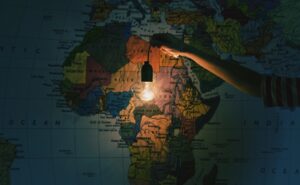

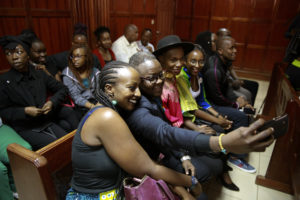
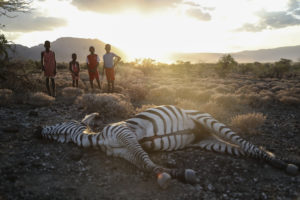
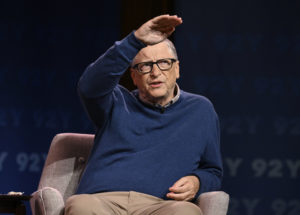
You need to be a supporter to comment.
There are currently no responses to this article.
Be the first to respond.